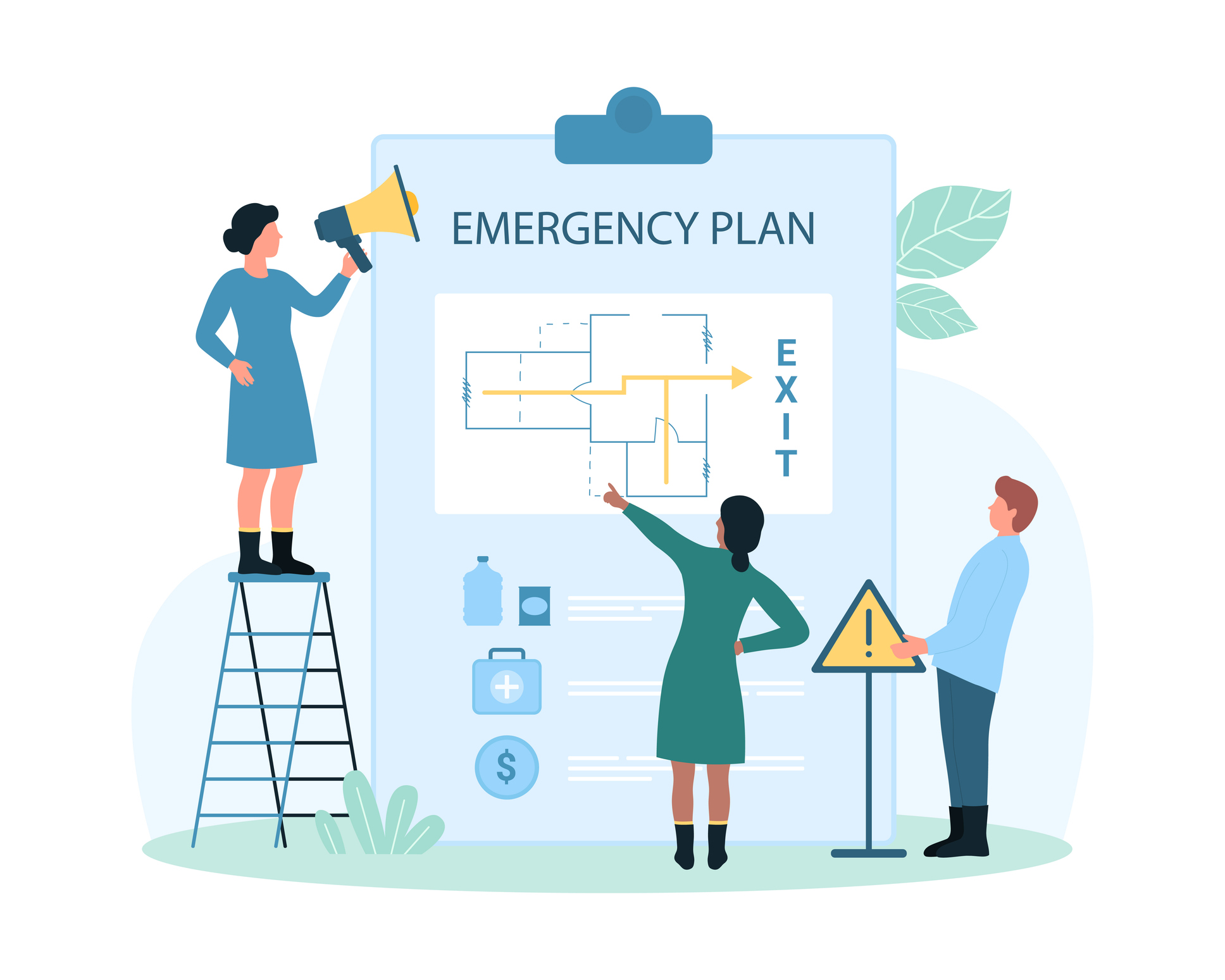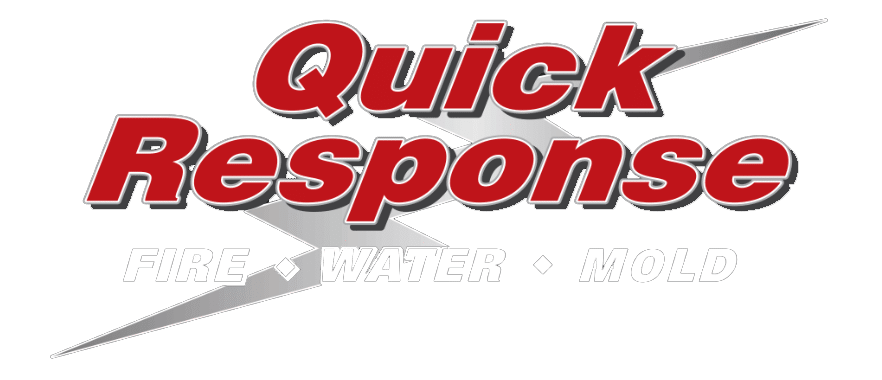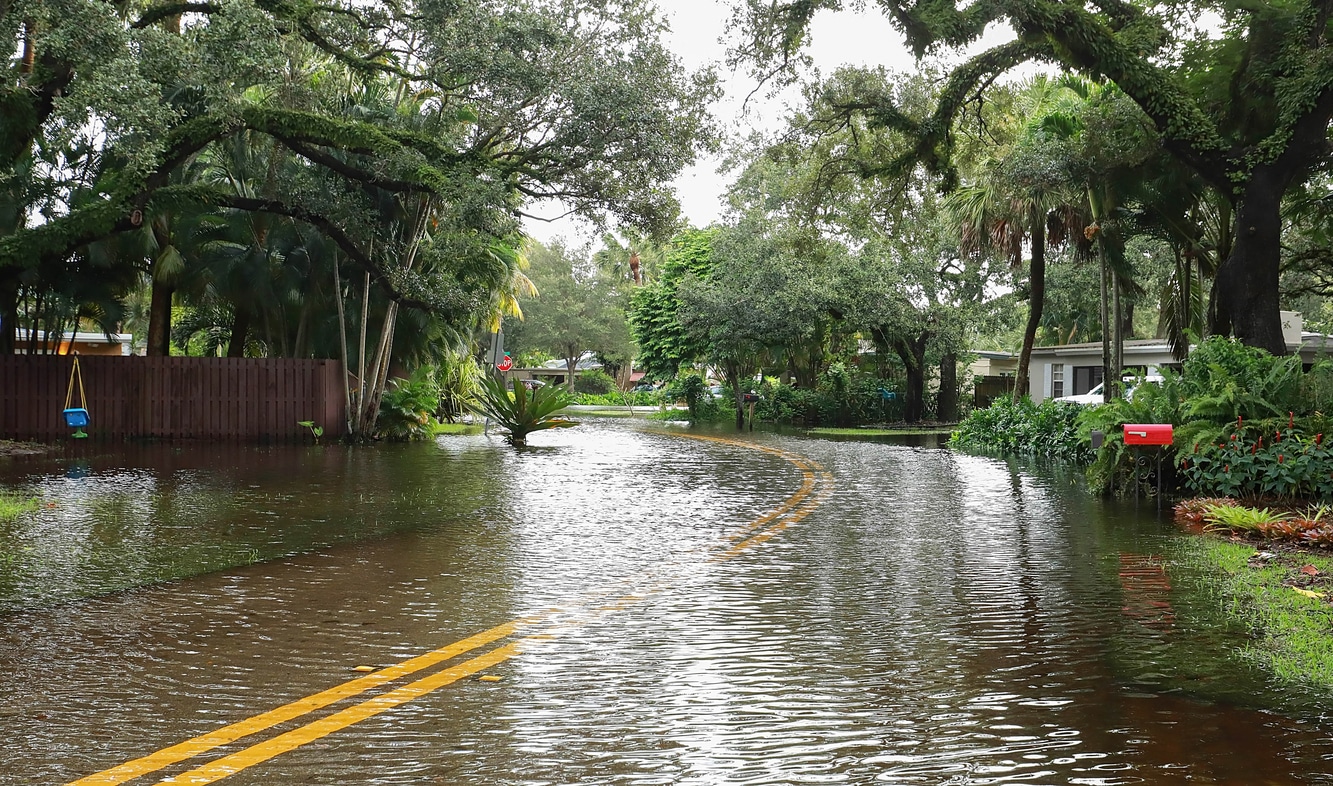Flooding is a powerful and unpredictable force of nature, and Saratoga County, New York, is…

The Essential Guide to Developing Emergency Response Plans
When it comes to unforeseen emergencies, having a well-thought-out and effective Emergency Response Plan (ERP) can mean the difference between chaos and control. It’s worth thinking about how your family or employees will respond when disaster strikes.
With an Emergency Response Plan from Quick Response, you’ll have the peace of mind that comes from knowing that you and yours are protected to the max. Today we will walk you through the basics of Emergency Response Plans and provide tips for developing an effective ERP for your business or home.
Understanding ERPs (Emergency Response Plans)
Emergency Response Plans, or ERPs, are essential tools that outline the necessary steps and procedures to be taken in the event of an emergency. Having a well-designed ERP in place ensures that everyone involved knows their roles and responsibilities, allowing for a coordinated and efficient response. Whether you are a business owner, a homeowner, or simply a concerned individual, understanding the key components of an ERP is crucial.
The first step in developing an ERP is to conduct a comprehensive risk assessment. This involves identifying potential hazards or emergencies that could occur in your specific environment.
It is important to consider both natural disasters, such as floods and storms, as well as man-made emergencies like fire or chemical spills. Once the risks have been identified, you can then establish clear protocols for evacuation, communication, and emergency services.
Tips for Developing an Effective ERP for Your Business or Home
Developing an effective ERP requires careful planning and consideration. Here are some tips to help you create a robust and practical plan for your business or home:
Involve Everyone:
Consult with relevant individuals, such as employees, family members, or neighbors, to gather input and ensure everyone is on board with the plan.
Assign Roles and Responsibilities:
Clearly define the roles and responsibilities of each person involved in the ERP. This includes designating leaders, establishing communication chains, and ensuring everyone understands their specific tasks.
Regularly Review and Update:
Emergency preparedness is an ongoing process. It is crucial to regularly review and update your ERP to reflect any changes in personnel, infrastructure, or potential risks.
Communicate and Educate:
Ensure that everyone involved in the ERP receives proper training and understands the plan. Regularly communicate updates, conduct drills, and provide educational resources to keep everyone informed and prepared.
By following these tips, you can develop an effective ERP that will serve as a valuable resource during times of crisis.
Emergency Response Plans for Floods
Floods are one of the most common and destructive natural disasters. Having a well-prepared emergency plan specific to floods can help minimize damage and ensure the safety of individuals. Here are some key steps to include in your flood emergency plan:
- Early Warning Systems: Stay informed about local weather conditions and flood warnings. Install flood detection systems or subscribe to emergency alerts to receive timely notifications.
- Evacuation Routes: Identify the safest evacuation routes in your area and communicate them to all individuals involved. Ensure that everyone knows how to reach higher ground and designated emergency shelters.
- Emergency Supplies: Stock up on essential emergency supplies such as non-perishable food, water, medication, flashlights, and blankets. Keep these supplies in a designated location that is easily accessible during a flood.
- Protecting Property: Take necessary precautions to protect your property from flood damage. This may include elevating electrical systems, installing flood barriers, or sealing basement walls.
Remember, floods can be unpredictable, so it is important to have a detailed plan in place well in advance to ensure the safety of yourself and others.
Emergency Response Plan for a Fire
Fires can be devastating, but having a well-prepared emergency plan can make all the difference. Here are some key steps to consider when developing an emergency plan for a fire:
- Smoke Alarms and Fire Extinguishers: Install smoke alarms on every level of your building and test them regularly. Keep fire extinguishers in easily accessible locations, such as the kitchen and garage.
- Escape Routes: Identify multiple escape routes from each room. Practice these escape routes regularly with everyone, including children, to ensure everyone knows what to do in the event of a fire.
- Meeting point: Designate a safe meeting point outside your building where all members can gather after escaping. This allows for a headcount and helps emergency responders determine if anyone is still inside the building.
- Emergency Contacts: Keep a list of emergency contact numbers, including the fire department, nearby hospitals, and a trusted neighbor or relative. Make sure all family members are aware of these contacts.
Taking these proactive steps and regularly reviewing and practicing your emergency plan will help ensure a swift and safe response in the event of a fire.
Emergency Response Plan for Storms
Storms, including hurricanes, tornadoes, and severe thunderstorms, can cause widespread damage and pose significant risks to individuals and property. Here are some key elements to include in your emergency plan for storms:
- Weather Monitoring: Stay informed about weather conditions in your area by monitoring local news, weather apps, or a NOAA weather radio. Be aware of any watches or warnings issued and take immediate action when necessary.
- Secure Outdoor Items: Before a storm hits, secure or bring indoors any items that could become projectiles in high winds. This includes patio furniture, garden tools, and toys.
- Designate a Safe Space: Identify the safest area of your home or business to seek shelter during a storm. This may be a basement, storm cellar, or an interior room on the lowest level of your building away from windows.
- Emergency Supplies: Prepare an emergency kit with essential supplies such as non-perishable food, water, medication, flashlights, batteries, and a first aid kit. Make sure the kit is easily accessible, and everyone in your building knows where it is located.
By taking these precautions and having a well-communicated plan in place, you can ensure the safety of yourself and your loved ones during storms.
Implementing and Testing Your ERP
Creating an Emergency Response Plan is only the first step towards mastering emergency preparedness. Implementing and regularly testing your ERP is essential to ensure its effectiveness when a real emergency occurs.
Schedule regular drills to practice the steps outlined in your ERP. This will help identify any gaps or areas that need improvement. Use the drills as an opportunity to reinforce safety protocols and enhance preparedness.
Regularly review and update your ERP based on any changes in your circumstances, such as new family members, changes to your property, or lessons learned from past emergencies. Keep the plan accessible and ensure everyone knows where to find it when needed.
If you don’t feel sure about your ERP, consider involving professionals in the testing and evaluation. Experts like us at Quick Response can provide valuable insights and recommendations to enhance its effectiveness and identify potential areas of improvement.
Taking Control of Emergency Preparedness with ERPs
Mastering emergency preparedness is essential for the safety of our loved ones and the protection of our property. By developing a comprehensive Emergency Response Plan (ERP) and regularly implementing and testing it, we can significantly enhance our readiness and response during emergencies.
Don’t wait – prioritize your peace of mind by choosing Quick Response Restoration for expert emergency services.
Act Now for Peace of Mind: Choose Quick Response Restoration for Expert Emergency Services
When disaster strikes, every second counts. Don’t leave your property’s restoration to chance. Act now and choose Quick Response Restoration for expert emergency services. With our team of experienced professionals and 24/7 availability, we are ready to respond promptly and efficiently to any fire damage, water damage, storm damage, or mold remediation needs you may have.
Contact us today to take control of your emergency preparedness by visiting our website or calling 518-899-7090.




